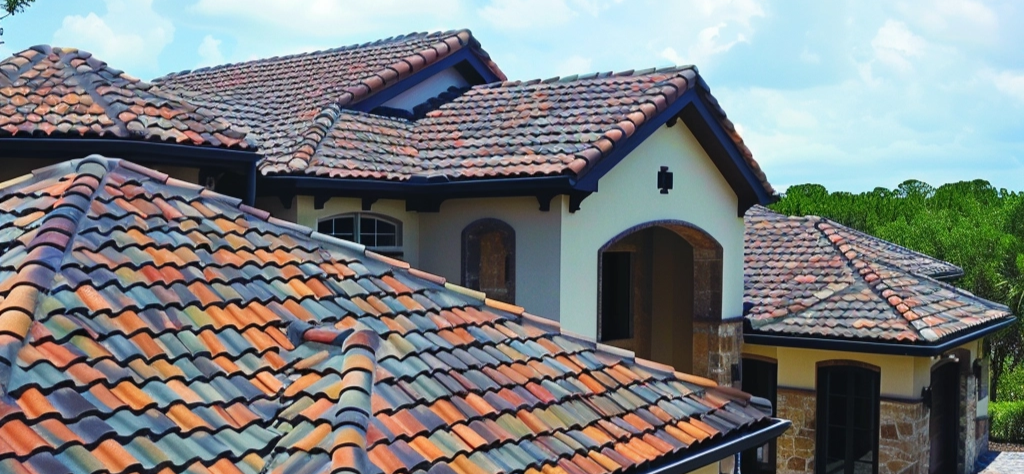
The Impact of Roof Color on Energy Efficiency
When it comes to energy efficiency in homes, the color of your roof may not be the first thing that comes to mind. However, roof color plays a significant role in determining how much heat is absorbed or reflected by your home, ultimately affecting energy consumption, indoor comfort levels, and environmental sustainability. In this article, we’ll explore the impact of roof color on energy efficiency and provide insights into selecting the right roof color to optimize energy performance in your home.
Understanding the Heat Island Effect
The heat island effect refers to the phenomenon where urban and suburban areas experience higher temperatures compared to rural areas due to human activities and infrastructure. Dark-colored surfaces, such as asphalt roads and roofs, absorb more solar radiation and retain heat, contributing to elevated temperatures in built environments. By choosing lighter-colored roofing materials, homeowners can mitigate the heat island effect and reduce energy consumption associated with cooling their homes.
Reflectivity vs. Absorption: The Role of Roof Color
The color of your roof affects how much solar radiation it absorbs or reflects. Light-colored roofs, such as white or light gray, have high reflectivity, meaning they bounce more sunlight back into the atmosphere, keeping the roof surface cooler. In contrast, dark-colored roofs, like black or dark brown, absorb more solar radiation, resulting in higher roof temperatures and increased heat transfer to the interior of the home. By opting for a lighter roof color, homeowners can reduce heat absorption and lower cooling costs during hot summer months.
Energy Savings and Indoor Comfort
The choice of roof color can have a significant impact on energy savings and indoor comfort levels. Studies have shown that homes with light-colored roofs require less energy for cooling compared to those with dark-colored roofs, leading to lower electricity bills and improved thermal comfort for occupants. By reducing heat gain through the roof, homeowners can maintain more stable indoor temperatures, enhance comfort, and create a more sustainable living environment.
Environmental Benefits of Light-Colored Roofs
In addition to energy savings, light-colored roofs offer environmental benefits by reducing carbon emissions and mitigating the heat island effect. By reflecting more sunlight back into the atmosphere, light-colored roofs help combat global warming and contribute to overall climate resilience. As communities strive to adopt more sustainable practices and reduce their environmental footprint, the choice of roof color emerges as a simple yet effective strategy for promoting environmental stewardship.
Factors to Consider When Choosing Roof Color
When selecting the right roof color for your home, it’s essential to consider factors such as climate, architectural style, and personal preference. In hot climates with long summers, lighter roof colors are generally recommended to minimize heat absorption and reduce cooling costs. However, in colder climates where heating is a primary concern, darker roof colors may be preferred to maximize solar heat gain during the winter months. Consulting with a roofing professional can help homeowners make informed decisions based on their specific needs and circumstances.
Harnessing the Power of Roof Color for Energy Efficiency
In conclusion, the color of your roof plays a crucial role in determining energy efficiency, indoor comfort, and environmental sustainability. By choosing lighter-colored roofing materials, homeowners can reduce heat absorption, lower cooling costs, and contribute to a more sustainable built environment. At RoofWorx, we offer a wide selection of roofing materials in various colors to meet your energy efficiency goals and aesthetic preferences. Contact us today to learn more about how roof color can impact the energy performance of your home.
